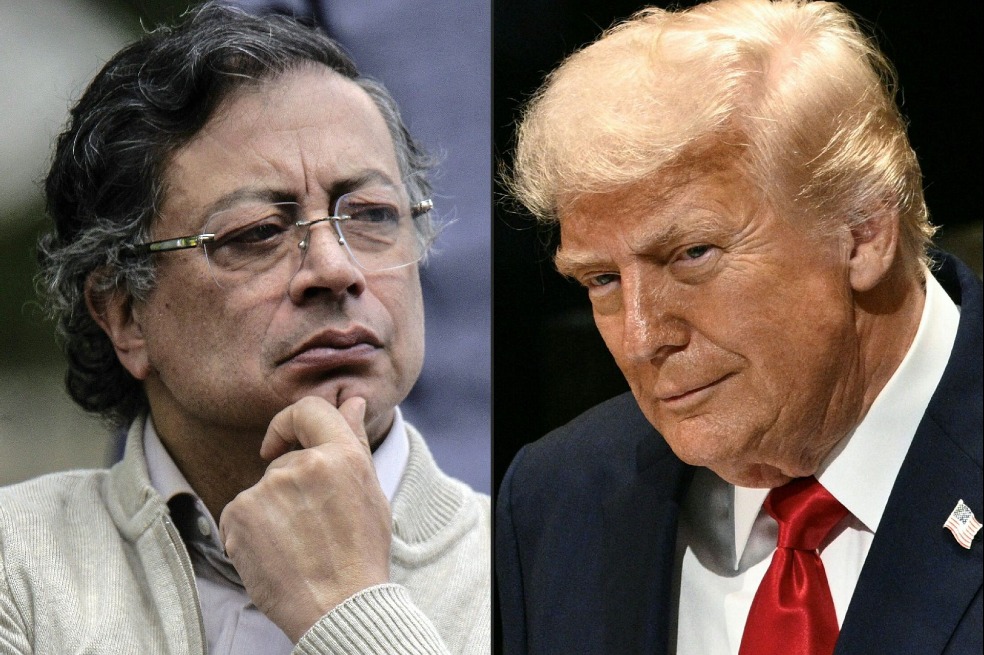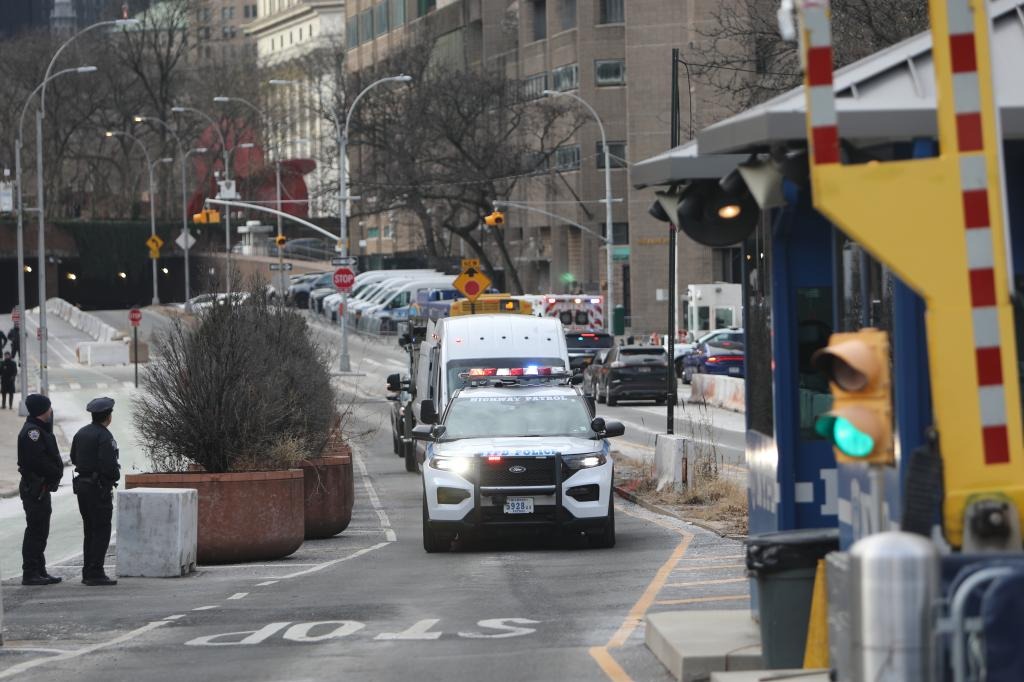Fires fuel fears of species loss


Environmentalists point to damage across borders as tackling Amazon blazes gears up
As old and new Amazon fires prove difficult to put out despite moves by Brazilian authorities to rein them in, environmentalists worry that the potential impact of the blazes, especially on wild flora and fauna, may be harder to measure than imagined-some species may become extinct before they are even discovered.
A major discussion later this month to address the fires seems likely now that Brazilian President Jair Bolsonaro echoed on Sept 2 UN Secretary-General Antonio Guterres' idea of a meeting to target the infernos ranging across Brazil and other countries that control the all-important Amazon rainforest.
The presidential decree on a 60-day ban of man-made fires for agricultural purposes and the country's "Green Brazil" operation launched during the last week of August have mobilized the nation against the blazes, but environmentalists say it will still take time for the fires to abate or die out. Even in the 48 hours that followed the ban on Aug 29, about 2,000 new fires were spotted in the rainforest, according to data from Brazil's National Institute for Space Research.
"The magnitude of the impacts of the Amazon fires cannot be measured, particularly for this year, but it is a much more complex issue since the fires have been occurring every year for decades," said Karina Perez, an environmental engineer based in Bogota, Colombia, and a member of the Climate Reality Project green initiative.
The impact is "mainly due to deforestation and the extent of the agricultural frontier for livestock and agriculture land, through burns caused in countries such as Brazil, Colombia and Bolivia, among others", she said.
The Amazon rainforest spans nine countries-Brazil, Bolivia, Colombia, Ecuador, French Guiana, Guyana, Peru, Suriname and Venezuela. While there are fires burning in virtually all of them, a little more than half of all fires are in Brazil.
The larger ecosystem supported by the Amazon extends throughout South America and as far as North America and Africa.
"Unfortunately, it's impossible to know how much of the Amazon wildlife is being threatened by these fires. We are talking about the most biodiverse ecosystem in the whole world, containing 10 percent of all known species and where new animals, fungi and plants are being found every week," Pedro Tunes, co-founder of the scientific portal Tunes Ambiental, told China Daily.
"The Amazon rainforest is very vast and some areas are almost impossible to reach. This leaves a great portion of species unknown to scientists," he said.
What the region and the world needs is a comprehensive plan to protect the rainforest.
"Most of the flora and fauna was already dead or dying before the match was lit," said William Magnusson, a senior researcher at the biodiversity unit of the National Institute of Amazonian Research in Manaus, Brazil.
"The fires can spread into surrounding forest, which will not appear dead on satellite images until next year."
Thousands of animals die every year in intact forest but "the problem is that deforestation means that they will not be replaced", he said. "Conservationists also appreciate the efforts of firefighters, but just fighting the fires this year… is not enough."
It is important for the government "to show that it will not tolerate lawlessness" and that it will take the hard political decisions necessary to stop and reverse deforestation, Magnusson said.
Another concern is the loss of the micro fauna vital to the ecosystem, which could threaten the environment throughout the region.
Perez said: "What sustains the trees of the Amazon is a small layer of five centimeters where all the wealth of organic matter lies. There is a fauna that is not very recognized and it is the fauna composed of the small microorganisms that inhabit the soil of the Amazon, which in turn supports the forest," she said.
"Once the mega trees fall, succumb to deforestation or catch fire, the forest loses the plant layer that sustains all life. That is no longer recoverable."
Much will depend on how much of the rainforest burns, environmentalists said.
"Some species may never fully recover," Tunes said. The Amazon is not only really important on its own but it is also crucial for all South American ecosystems, he said.
"Its destruction could lead to the collapse of all hydrologic cycles in the continent, causing massive waves of hunger and thirst, led by the lack of rain in the interior of this landmass, besides minor impacts all over the Americas and Africa."
The author is a freelance journalist for China Daily.
































